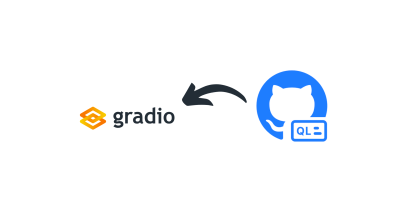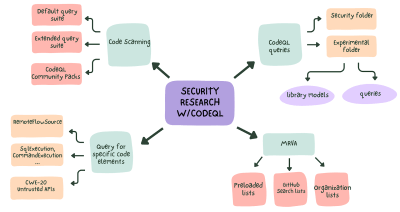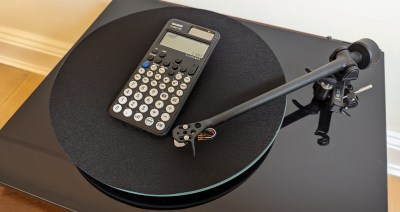
Uncovering GStreamer secrets
In this post, I’ll walk you through the vulnerabilities I uncovered in the GStreamer library and how I built a custom fuzzing generator to target MP4 files.

In this post, I’ll walk you through the vulnerabilities I uncovered in the GStreamer library and how I built a custom fuzzing generator to target MP4 files.

Learn how I discovered 11 new vulnerabilities by writing CodeQL models for Gradio framework and how you can do it, too.

Learn about browser extension security and secure your extensions with the help of CodeQL.

Vulnerability data has grown in volume and complexity over the past decade, but open source and programs like the Github Security Lab have helped supply chain security keep pace.

In this post, I’ll exploit CVE-2024-5830, a type confusion in Chrome that allows remote code execution (RCE) in the renderer sandbox of Chrome by a single visit to a malicious site.

In this blog post, we’ll explain how we discovered three critical vulnerabilities in Kafka UI and how they can be exploited.

In this post, I’ll exploit CVE-2024-3833, an object corruption bug in v8, the Javascript engine of Chrome, that allows remote code execution (RCE) in the renderer sandbox of Chrome by a single visit to a malicious site.

Can an attacker execute arbitrary commands on a remote server just by sending JSON? Yes, if the running code contains unsafe deserialization vulnerabilities. But how is that possible? In this blog post, we’ll describe how unsafe deserialization vulnerabilities work and how you can detect them in Ruby projects.

Learn how to use CodeQL for security research and improve your security research workflow.

This blog post is an in-depth walkthrough on how we perform security research leveraging GitHub features, including code scanning, CodeQL, and Codespaces.

In this post, I’ll look at CVE-2023-6241, a vulnerability in the Arm Mali GPU that allows a malicious app to gain arbitrary kernel code execution and root on an Android phone. I’ll show how this vulnerability can be exploited even when Memory Tagging Extension (MTE), a powerful mitigation, is enabled on the device.

The GitHub Security Lab teamed up with Ekoparty once again to create some challenges for its yearly Capture the Flag competition!

This blog post describes two linked vulnerabilities found in Frigate, an AI-powered security camera manager, that could have enabled an attacker to silently gain remote code execution.

Using CVE-2023-43641 as an example, I’ll explain how to develop an exploit for a memory corruption vulnerability on Linux. The exploit has to bypass several mitigations to achieve code execution.

The GitHub Security Lab examined the most popular open source software running on our home labs, with the aim of enhancing its security. Here’s what we found and what you can do to better protect your own smart home.
Build what’s next on GitHub, the place for anyone from anywhere to build anything.
Last chance: Save $700 on your IRL pass to Universe and join us on Oct. 28-29 in San Francisco.